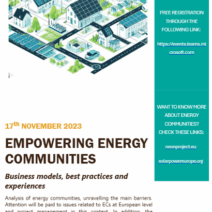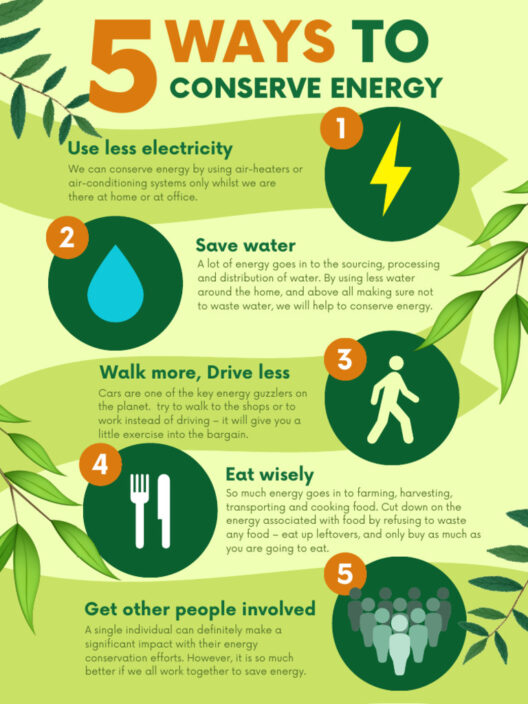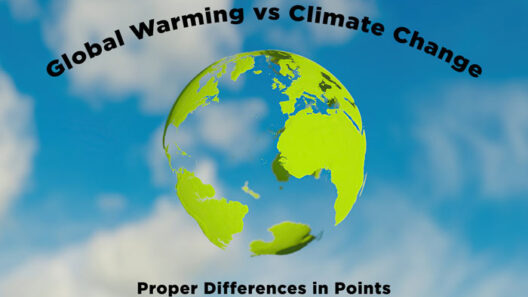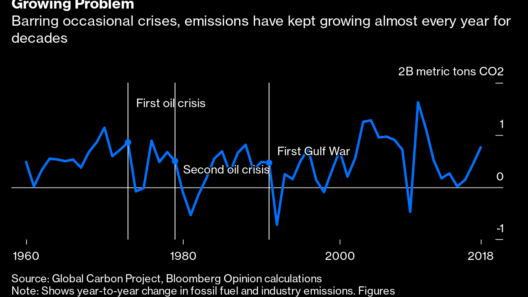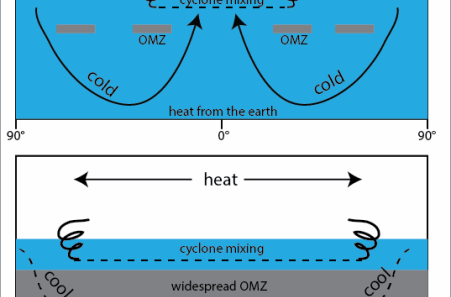Arizona, a state renowned for its breathtaking vistas and relentless sun, is simultaneously a crucible for climate change phenomena. The breathtaking landscapes, including sweeping deserts and majestic mountains, tell tales of a climatic legacy that has shaped both the ecosystem and the way of life of its residents. Yet, beneath the allure of the arid expanses lies a formidable reality: one that demands urgent attention and strategic intervention.
At first glance, the relentless sun that graces the Arizona sky appears to be merely a charming quirk of its geography. However, this sun exposure directly influences temperature regulation and water availability. The state’s climate embodies an amalgamation of scorching summers that can exceed 120 degrees Fahrenheit and mild winters, resulting in stark variances in daily temperatures. This duality presents unique challenges and opportunities for its ecosystems.
Furthermore, the relationship between Arizona’s inhabitants and the environment is intricate. Water, a precious and often scarce resource, has become a central figure in the discourse surrounding sustainability. Reservoirs such as Lake Mead and Lake Powell, vital lifelines for millions, are receding to alarming levels, serving as poignant reminders of the overarching consequences of climate change. Over-extraction of water for agricultural and urban usage exacerbates this dilemma, presenting an unsustainable trajectory for future generations.
Freshwater scarcity has incited a movement towards conservation. Innovative agricultural practices, such as xeriscaping, emphasize the cultivation of native plants requiring minimal irrigation, safeguarding the region’s most vital resource. Local governments have begun implementing water conservation initiatives, promoting awareness campaigns to educate citizens about sustainable water use. The interplay between legislation and public awareness remains crucial for the state’s ecological resilience.
The urban centers of Arizona, particularly Phoenix, often speak to a narrative of rapid urbanization. This metropolis epitomizes a distinct climate phenomenon known as the “urban heat island effect,” wherein built environments raise surrounding temperatures due to the heat retention of concrete and asphalt. Consequently, the collective impact of urbanization and climate change places unprecedented strain on public health and the environment. Heatwaves, exacerbated by climate change, heighten the risk of heat-related illnesses, particularly among vulnerable populations, such as the elderly.
In addition to rising temperatures, Arizona’s biodiversity is profoundly affected. The state boasts a rich tapestry of flora and fauna, yet increasing aridity and erratic weather patterns threaten these delicate ecosystems. Species that once thrived in the warm, dry climate are struggling to adapt to the rapid pace of climatic shifts. The endangerment of iconic species, such as the desert tortoise and the California condor, serves as a microcosm of a larger issue: the interconnectedness of biodiversity and climate resilience. Protecting these species represents not only an ethical responsibility but is also vital for maintaining the ecological balance.
Compounding the pressures of rising temperatures and water scarcity is the phenomenon of wildfires, an increasingly frequent occurrence in Arizona. These devastating events not only obliterate vast swathes of land but also contribute to heightened carbon emissions, which perpetuate the cycle of climate change. The interplay of extreme heat, prolonged drought, and igniting human activities creates a perilous concoction, threatening both natural habitats and human settlements. In grappling with these challenges, Arizona serves as a bellwether for wildfire management strategies, employing controlled burns and community outreach to bolster fire resilience.
Transitioning to renewable energy sources presents a pivotal opportunity for Arizona. With an abundance of sunshine, the state is uniquely positioned to harness solar energy. Enhanced investments in solar infrastructure, from residential rooftops to expansive solar farms, could drastically reduce the state’s reliance on fossil fuels. As such, the potential for solar energy to transform Arizona’s energy landscape is not merely a vision; it is a tangible path toward achieving climate goals that can enhance both economic and environmental outcomes.
The intersection of climate policy and community engagement has catalyzed a grassroots movement throughout the state. Environmental organizations, often spearheaded by passionate activists, aim to mobilize awareness and advocate for robust climate action. Their efforts emphasize the importance of collaboration between individual citizens and local governments to forge sustainable practices, ensuring that each resident understands their role in fostering a healthier, more resilient Arizona.
In essence, Arizona embodies the complexities of contemporary climate challenges—an alluring state with a tenacious spirit grappling with an uncertain future. The cacophony of consequences arising from climate change can seem daunting, yet it is this same cacophony that unites communities in shared purpose. As stakeholders navigate the arduous path toward sustainable solutions, every effort counts. The sun-soaked and sizzling climate of Arizona provides not only a backdrop for these pursuits but also serves as a powerful reminder of the interconnected destinies of humanity and the natural world.
Ultimately, the fate of Arizona rests in the balance, hinging upon the collective actions of its populations. Through concerted efforts in water conservation, biodiversity protection, clean energy adoption, and community advocacy, Arizona can pivot from vulnerability to resilience. In the face of an uncertain climate future, the state stands poised to become a beacon for innovative, forward-thinking strategies that prioritize both environmental integrity and human well-being.

